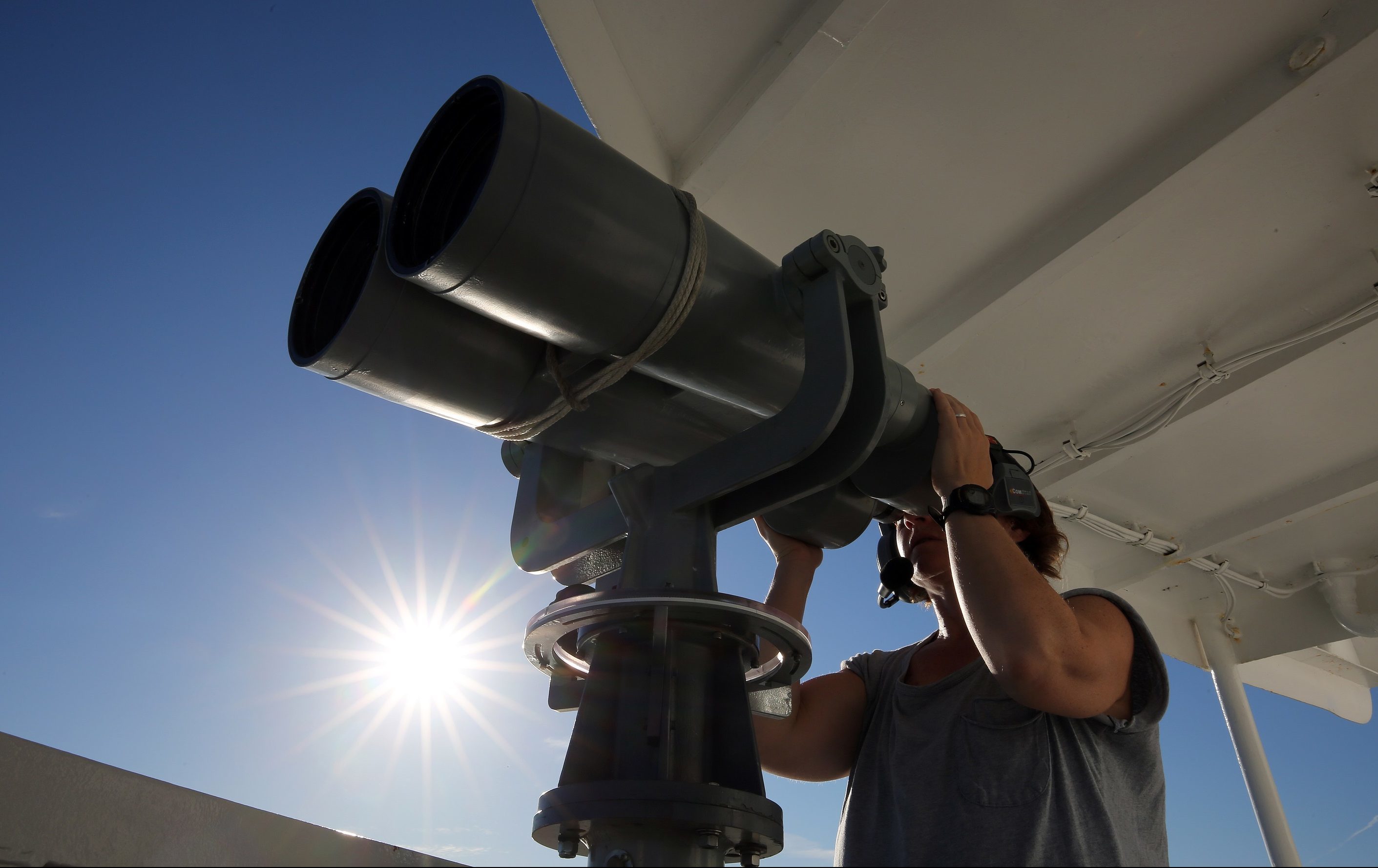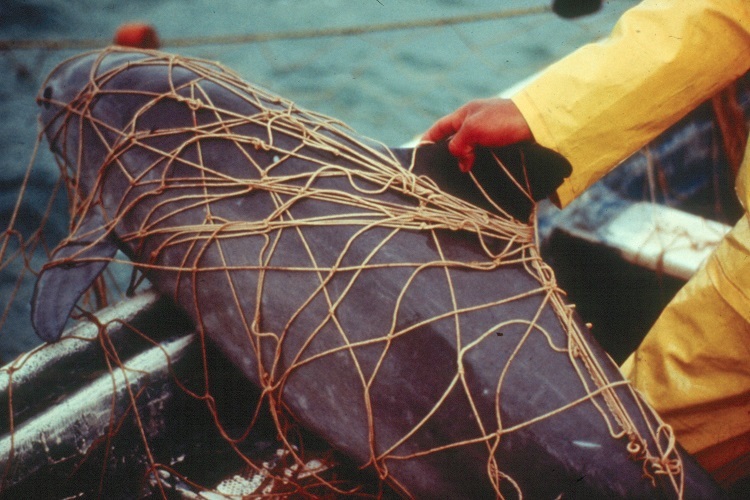The plight of one of the world’s most endangered animals has been highlighted by researchers at St Andrews University.
Analysis and monitoring of the vaquita porpoise in Mexico by academics at the university’s Centre for Research into Ecological and Environmental Modelling (CREEM), has revealed there are only around 60 left in the world, with numbers declining fast.
The team at St Andrews contributed to two studies aimed at establishing population trends, as well as just how many of the porpoises remain.
Led by researchers in Mexico and the United States, the team analysed acoustic and visual monitoring data to estimate numbers of this rare cetacean.
By studying recordings of echolocation clicks made by the vaquita recorded via a large grid of acoustic sensors spread out over the core area inhabited by the porpoise, the researchers were able to estimate the decline of the species.
The vaquita porpoise, which only lives in the upper Gulf of California in Mexico has become threatened by illegal fishing, prompting the Mexican and United States governments to ban a particular type of fishing net – the gillnet – which caused the mammal to be killed as bycatch.
Dr Len Thomas, director of CREEM, was invited to participate on an international expert panel tasked with undertaking the analysis of the acoustic data.
Their early findings of a catastrophic decline in acoustic detections led, in 2015, to an emergency two-year ban on gillnet fishing, later made permanent.
This analysis also led to a full boat-based and acoustic survey designed to obtain a total population size estimate.
Dr Thomas said: “I’m really pleased that we at St Andrews have been able to contribute to conservation efforts on the world’s most endangered marine mammal.
“One paradox is that the rarer a species gets, the harder it is to get accurate estimates of population size and trend.
“Vaquita are hard to spot at the best of times.
“The acoustic monitoring network gave us enhanced abilities to detect and monitor them through their echolocation clicks, but analysis was complicated by data losses due partly to illegal fishing activities.”
Results of the acoustic trend survey have been published in the journal Conservation Biology, and results from the visual-acoustic survey of population size have been published in Conservation Letters.











